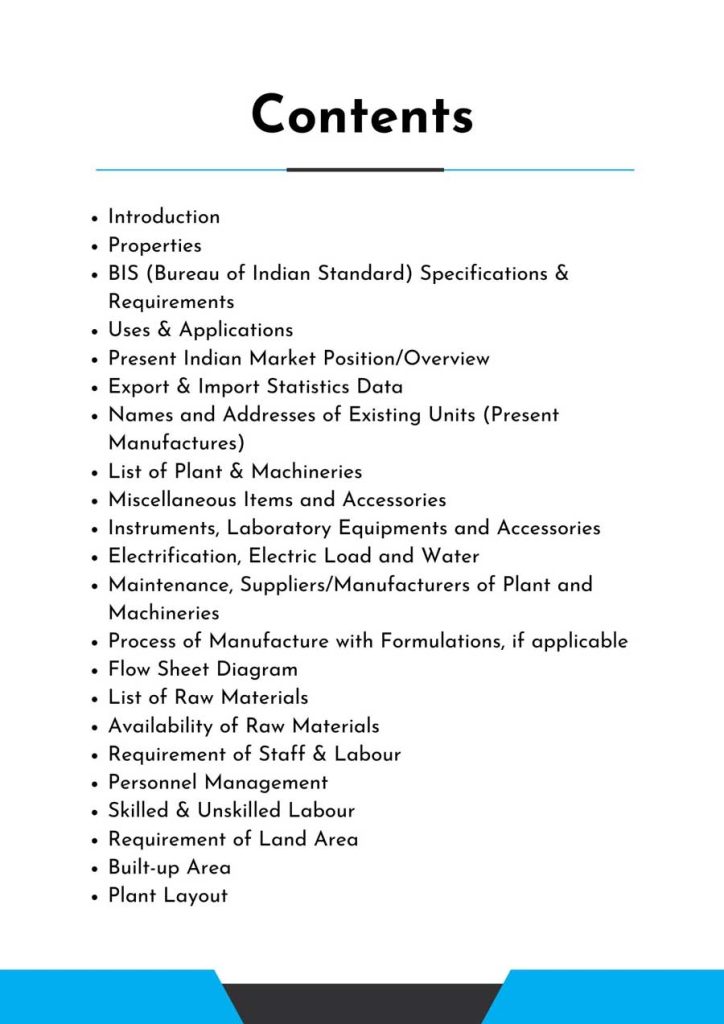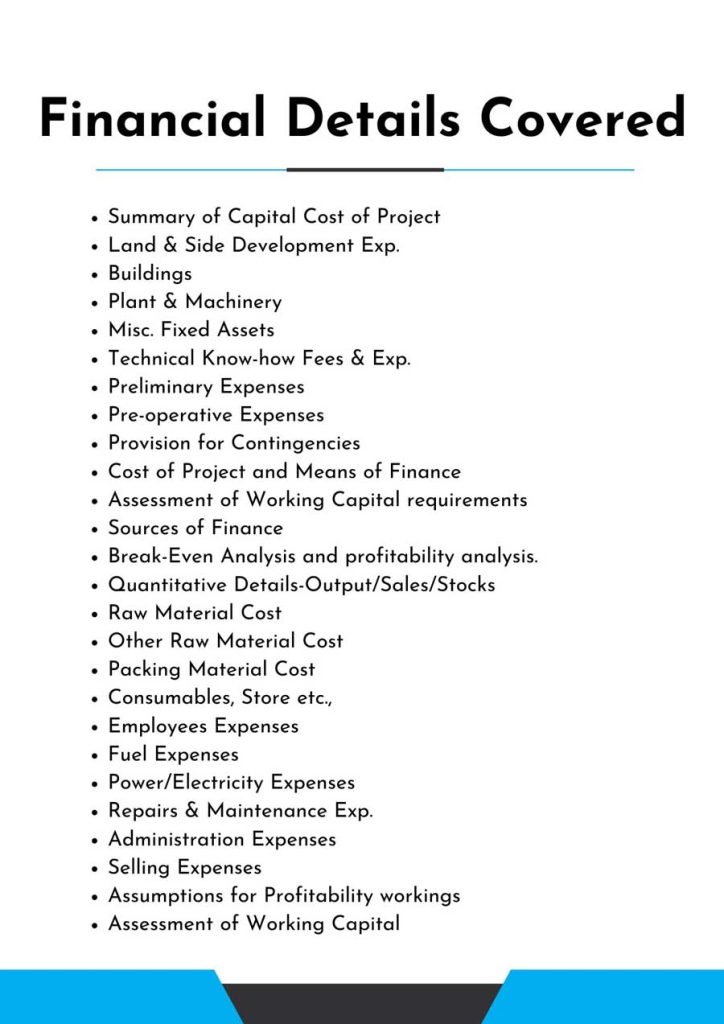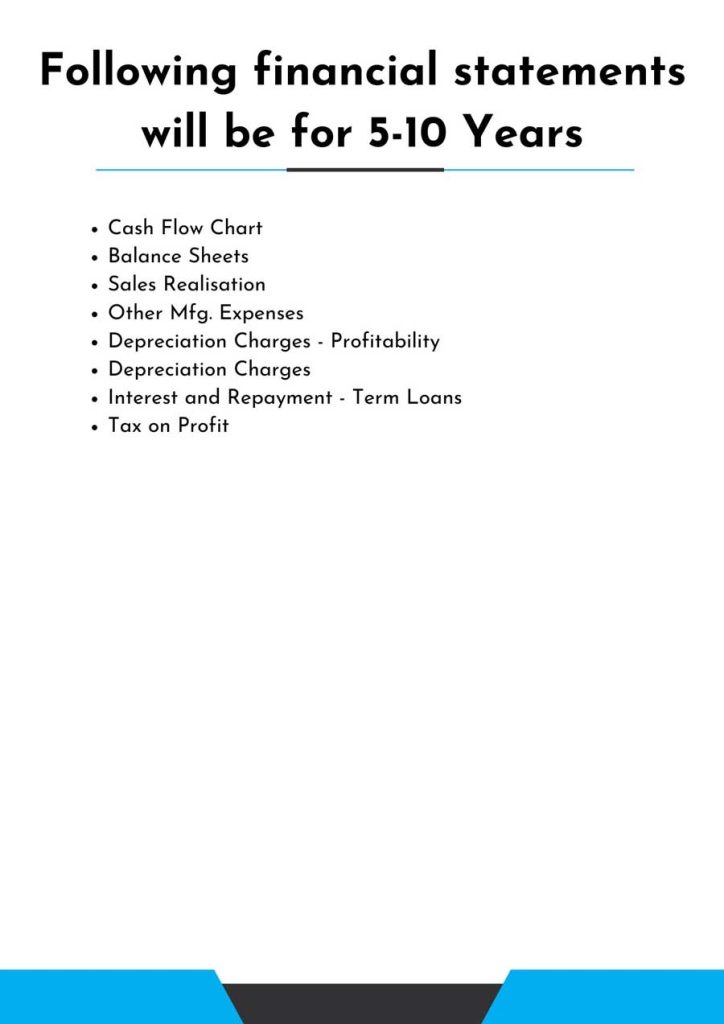Feasibility Report on Dairy Farm
Dairy products are high in calcium, riboflavin, vitamin D, vitamin A, niacin, potassium, and phosphorus, and thus provide a variety of health advantages.
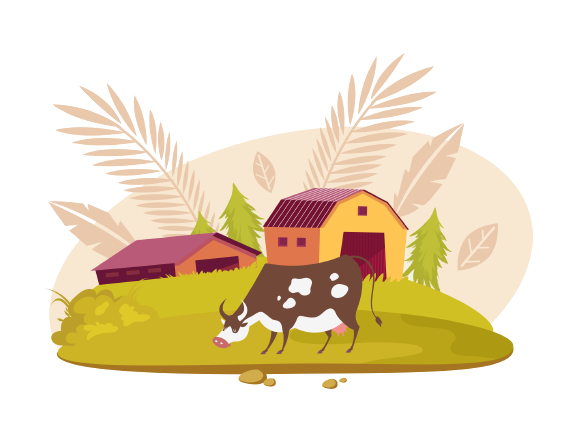
What is Dairy Farm?
Feasibility Report on Dairy Farm.
Milk is produced in large quantities as part of the agricultural technique known as dairy farming. Although camels, lambs, and goats can all produce milk, we generally connect dairy with cows. The milk may be distributed to retail vendors, processed on-site, or transported to a dairy factory. A dairy is a farm that only produces milk and dairy-related goods like cheese and butter.
Daily milk collection from dairy cattle is done by specialized dairy farmers. Their everyday tasks include feeding and milking the cows as well as assisting expectant moms with childbirth (calves).In order to provide high-quality milk and give birth to calves who will become the dairy farm’s future generation and aid in its organic growth, mother cows must be in good health. Dairy farmers must therefore create a thorough plan for cow health, reproduction, and calf care. They must develop a thorough healthcare strategy in collaboration with a veterinarian to ensure that your dairy operates faultlessly at all times.
Feasibility Report Sample On Dairy Farm
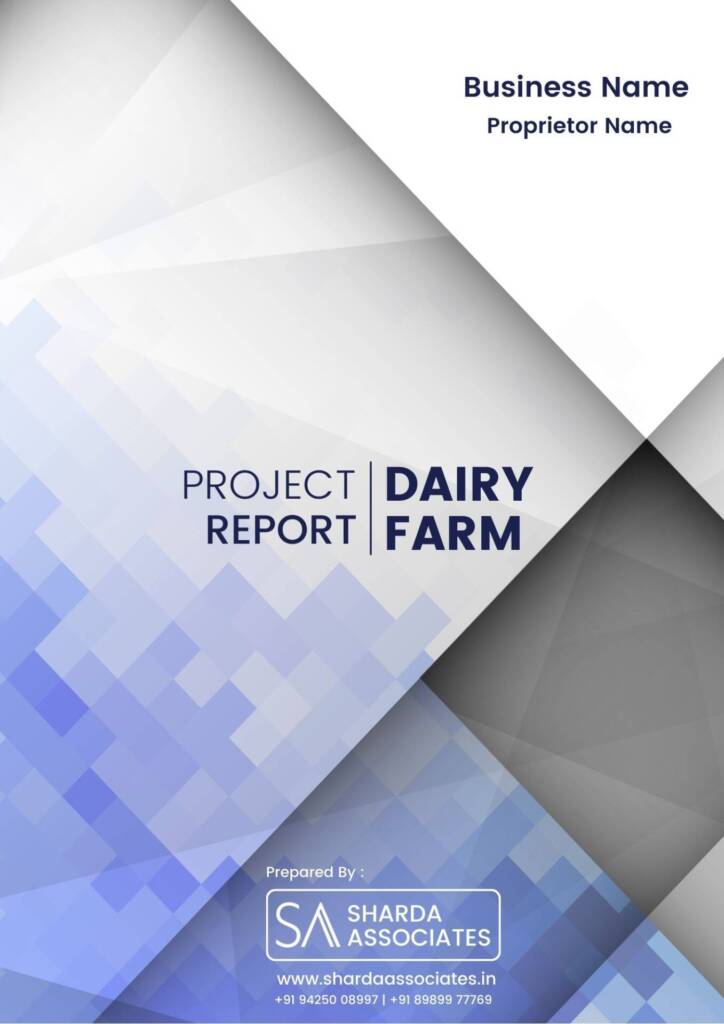


Market Strategy Of Dairy Farm
Over the forecast timeframe, the dairy product industry is expected to increase at a CAGR of 5%. (2020 – 2025).
In 2020, worldwide dairy production is estimated at 851 million tonnes, up 2.2 percent from 2019. Production increases in India, Turkey, the European Union, Pakistan, the United States, and Argentina are largely responsible for this growth. Nevertheless, a decrease in milk output, particularly in China and Ukraine, somewhat countered this impact. Since 1998, India has become the world’s leading producer and consumer of dairy products due to a consistent increase in production. The dairy sector provides significant jobs and money to the rural Indian economy.
The world’s greatest cow population is found in India. However, milk production per animal is much lower when compared to other big dairy producers. Furthermore, almost all dairy products in India are consumed locally, with the majority sold as fluid milk. As a result, the Indian dairy business has a lot of room for growth and value addition.
The dairy sector in India serves as a vehicle for socioeconomic development in addition to providing attractive business opportunities. Keeping this in mind, the Government of India has implemented a number of policies and initiatives targeted at developing the country’s dairy sector. For example, the “National Dairy Programme (Phase-I)” aims to boost cattle productivity and milk production by expanding, improving, and developing rural milk procurement infrastructure and providing farmers with more market access. On the other hand, private engagement in the Indian dairy business has grown in recent years. Attracted by the size and potential of the Indian market, both domestic and international businesses are joining the dairy industry.
The expanding population, greater income groups, and growing healthcare awareness are all driving up the need for milk products. The milk segment dominates the worldwide market, trailed by the butter and cheese sectors. The yogurt and dairy dessert categories are anticipated to expand at the quickest rates worldwide. Butter exports grew by 8 percent worldwide in 2021, owing mostly to nations such as New Zealand, the United States, and India. Butter demand, on the other hand, has decreased throughout the European Union.
The selling of milk products in emerging Asia Pacific and European nations accounts for nearly half of worldwide sales. This western market is expanding rapidly, owing to product development and growing consumer health awareness. India leads the market in the Asia-Pacific area, following by China and Australia, while nations like Belarus and Ukraine drive consumption in the European area.
In addition, variables like effective and reliable milk production in these nations have an influence on worldwide market growth. Modernization led in lower greenhouse gas emissions, improved milk quality, and economic prospects for local dairy production
